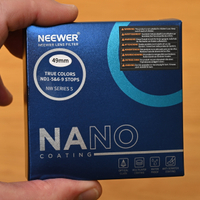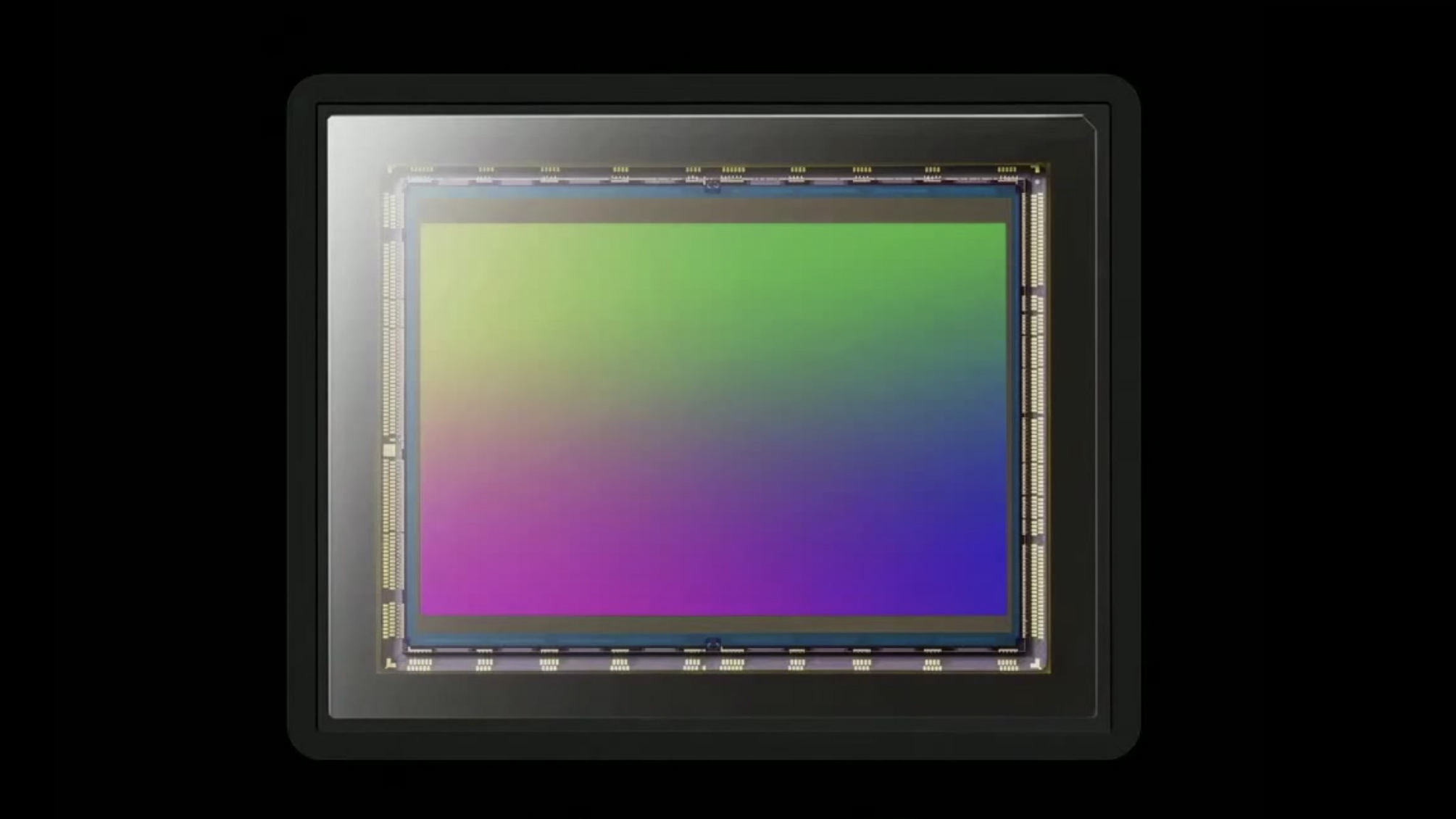Digital Camera World Verdict
I’m pleased with the performance of the Neewer ND2-32 True Colors Hard Stop Variable ND Filter. I like the way the ‘hard stop’ doesn’t let me get carried away and stops me from venturing into cross-polarization territory. I’m less impressed with the fairly limited 5-stop maximum density.
Pros
- +
Hard stop safety
- +
Good build quality
- +
Impressive performance
Cons
- -
Limited density range
- -
No additional features
Why you can trust Digital Camera World
There are plenty of obscure Chinese brands vying for attention (and sales) across the world’s online stores. Neewer has become relatively well-known and trusted as a maker of good-quality, affordable photographic kit. Starting out with an on-camera flash back in 2011, Neewer now makes a whole host of photo gear, from LED light panels and all sorts of lighting accessories, to monitors, teleprompters, tripods, heads, sliders, bags, camera batteries, battery grips and more besides. Neewer also makes an extensive collection of filters in various product lines, including the True Colors range which aims to be among the best variable neutral density filters. These include the Variable ND filter that I’m reviewing here.
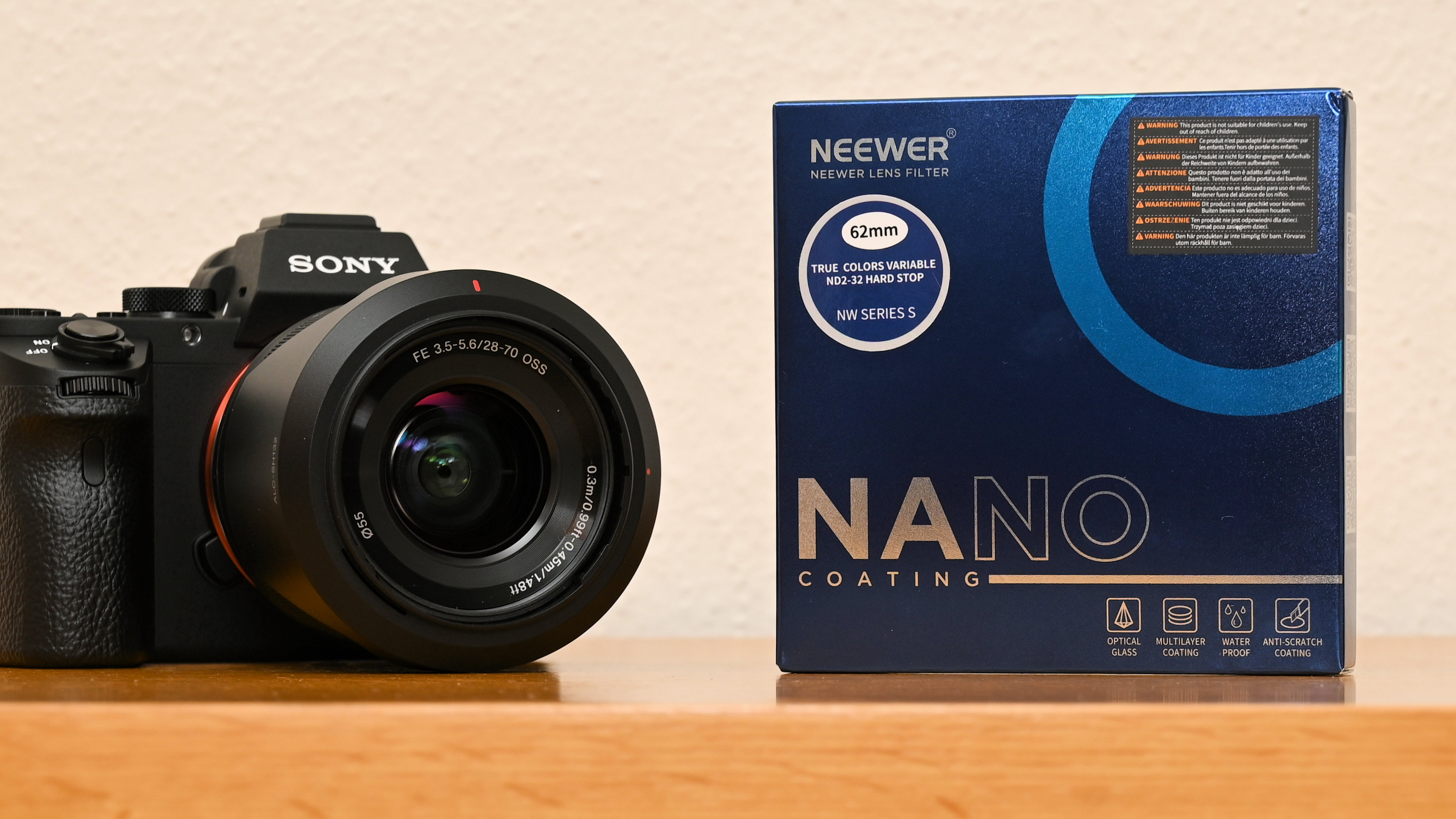
Neewer True Colors Filter: Specifications
Filter type | Variable ND |
Size range (mm) | 49, 52, 55, 58, 62, 67, 72, 77, 82 |
Frame material | Aluminum |
Filter material | HD optical glass |
Coating layers | Nano, multi-layer, anti-scratch, fluorine |
Transmittance | 1-5 stops |
ND filter factor | 2-32 |
Neewer True Colors Filter: Price
The Neewer ND2-32 True Colors Hard Stop Variable ND Filter comes in one shape but many sizes, catering to lenses with a filter attachment thread pretty much anywhere between 49mm and 82mm. It’s only natural that larger filters will be pricier to buy but the whole range is good value, from the 49mm option at $44 / £44 / AU$60 right up to the largest 82mm edition at $53 / £70 / AU$120.
Neewer True Colors Filter: Design & Handling
I’ve often found a particular frustration with variable neutral density filters. Maybe I’m over-ambitions but I’m prone to pushing them too far. The idea is the same in all cases, in that a ‘VND’ is based on two polarized elements. By rotating one against the other, the amount of light that’s transmitted through the filter and on to the lens and camera becomes progressively reduced. That’s fine up to a point but if you go too far, there’s a dreadful ‘cross-polarization’ effect that plasters a dark X-shaped cross over your image. It’s easily avoided when it becomes really obvious, less so at the onset when the effect can be more subtle.
The obvious answer is to show a little restraint when using this type of filter. But that’s easier said than done when you’re out and about, shooting with other factors on your mind. Even so, VND filters can be massively useful. They can enable you to use wide apertures for a tight depth of field, even under bright sunlight. They can also allow for slower shutter speeds when you want to create motion blur in images to give a sense of speed. Better still, they can be all but essential when shooting video, and you want to keep your exposure settings consistent in the face of changeable lighting conditions.
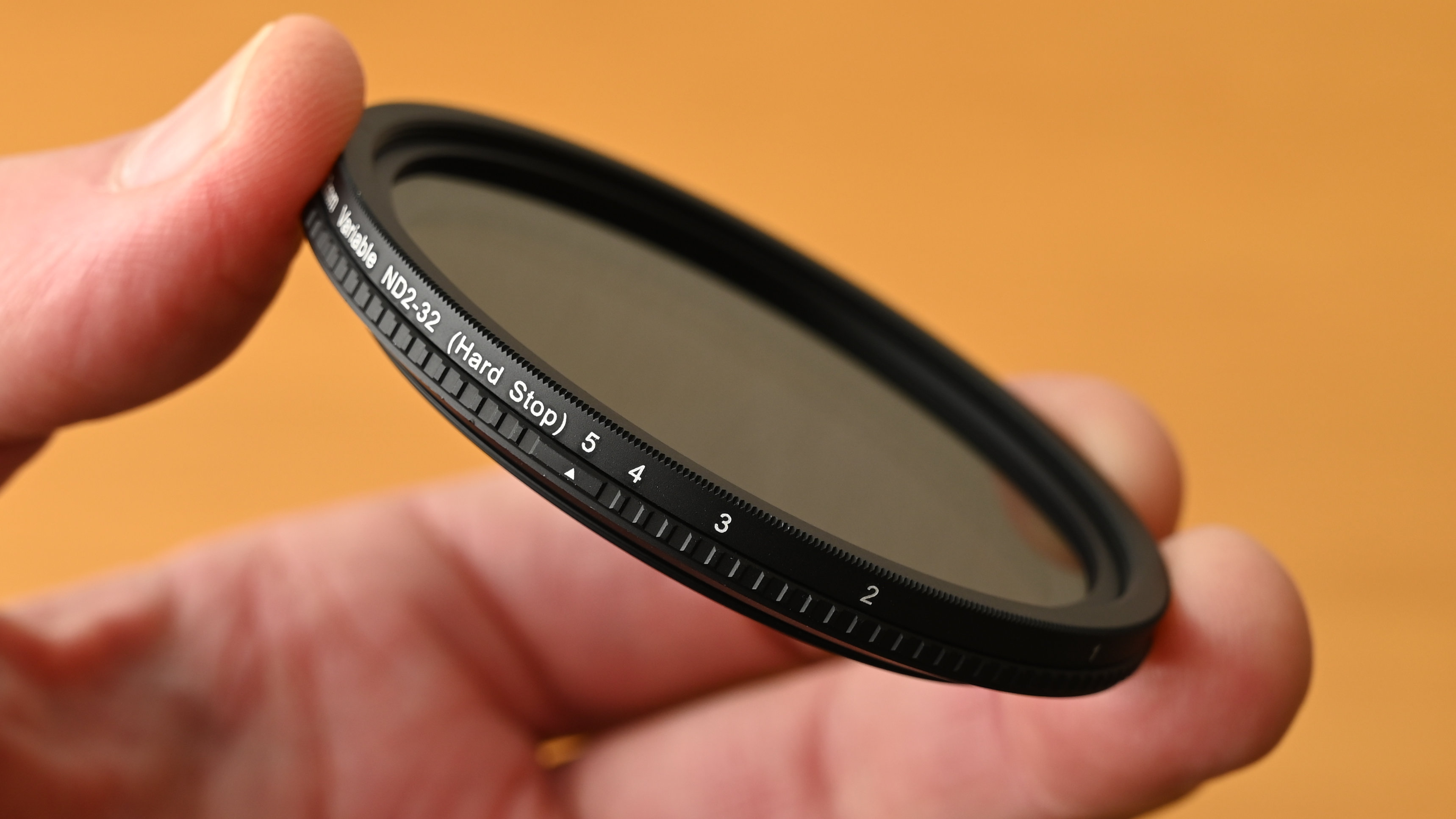
The main advantage of this Neewer VND is its ‘hard stop’ design. It has an overall range of from 1-stop to 5-stop variable densities, as you twist the operating ring. That equates to a range of ND2 to ND32. So how does that work out in practice? Let’s say you’re shooting on a bright, sunny day and you want to use a wide aperture that puts the required shutter speed beyond the range of your camera. At its maximum density setting, this filter will reduce the required shutter speed from 1/8000th of a second all the way down to 1/250th of a second.
Such a big reduction in light transmittance might sound like an epic win, but is it really enough? For most stills and video shooting scenarios, it certainly should be. But what if you want long exposures on a sunny day? In this case, the Neewer VND is likely to come up short. Let’s say you want to calm the choppy waters of a lake or the sea with a long exposure, or to turn the frothing waters of a waterfall, weir or rapids into a smooth and tranquil appearance. If your slowest available shutter speed with no filter attached is 1/60th of a second, the VND will only enable a long exposure of ½ a second at most. That’s simply not enough for this sort of scenario, nor for blurring pedestrians out of bustling street scenes. For these applications, you’re much better off with a conventional 10-stop ND filter. That said, Neewer also offers a Neewer ND2-512 (1-9 Stops) HD True Colors Variable ND Filter. Craftily, this kit combines a similar ND2 to ND32 variable density filter with an additional magnetic snap-on ND32 fixed neutral density filter. That gives you a lot more scope for long exposures, with a total range of ND2-512 or up to 9 stops.

One advantage of this filter over Neewer’s dual VND & ND or combined VND & CPL filters (the latter adding a circular polarizer into the mix) is that the straightforward VND doesn’t have a protruding operating handle or knob. There are therefore no issues with attaching your lens hood before shooting, to minimize ghosting and flare. You can also use a front lens cap with this filter, although you’ll need to buy an upsized one. For example, the 67mm edition of the filter requires a 72mm cap. If you don’t mind taking the filter off before putting your camera away, it does come complete with a protective, hard storage case.

The filter feels very nicely engineered. It has a lightweight aluminum frame which is anodized in matte black, including on the inner surfaces to avoid unwanted reflections that might impair image quality. Even though there’s no operating handle or knob, the knurled surface makes for easy operation, and rotation steps through easily noticeable click steps for each stop of exposure reduction.
The filter material itself is Neewer’s ‘HD optical glass’ and features 30 layers of nano-structure coatings. These include multi-layer anti-reflection coatings, anti-scratch coatings and fluorine coatings to repel water and greasy fingermarks, all applied to both sides of the filter.
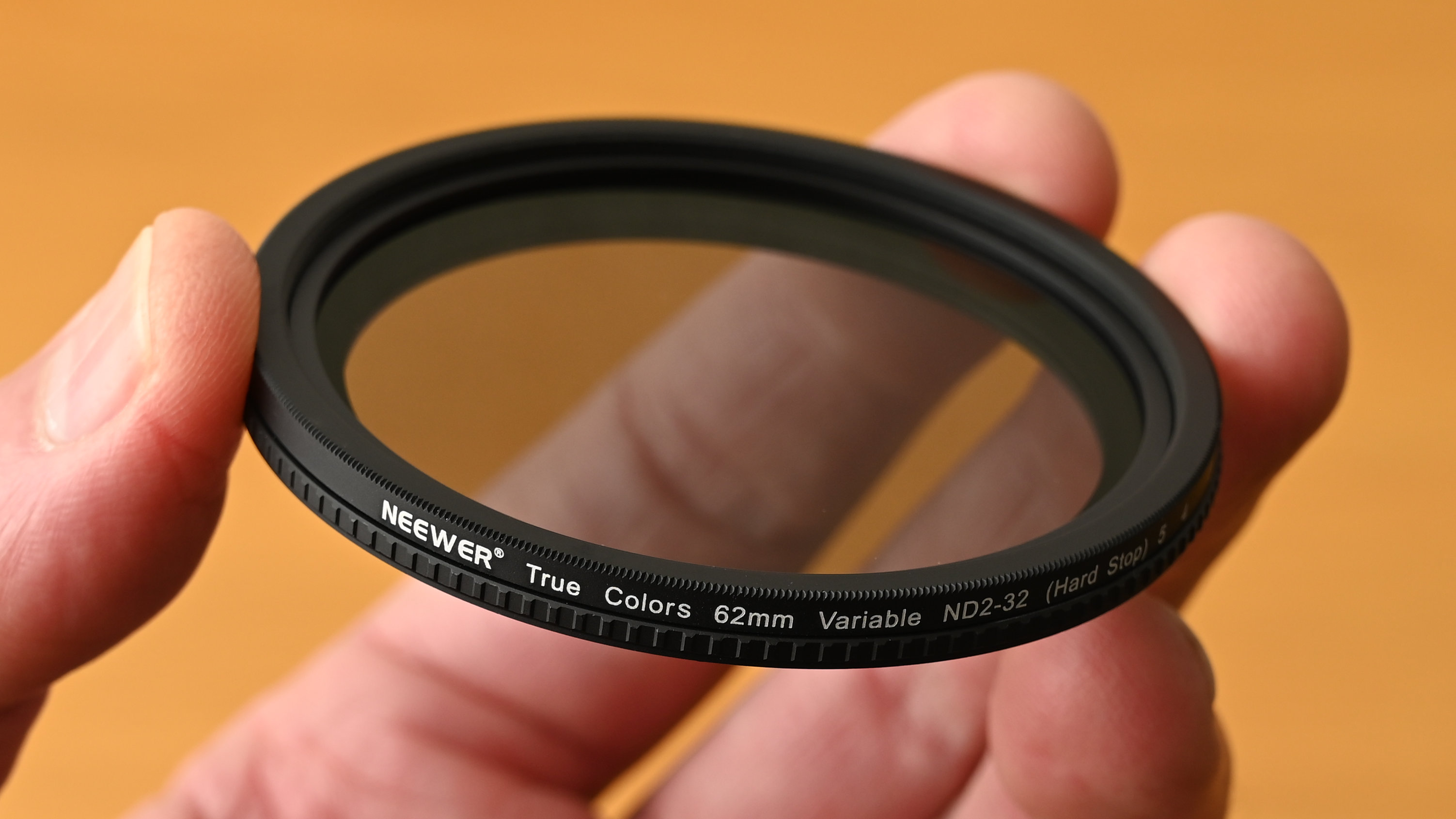
Neewer True Colors Filter: Performance
Living up to its name and claim, I found the ‘True Colors’ VND delivered good stopping power with negligible color-shift. Sharpness, contrast and clarity as well as color rendition remained very good throughout the entire density range. I also found the filter to be very resistant to ghosting and flare. Better still, unlike with some of Neewer’s other VNDs that have a protruding operating handle, this one can be used with a lens hood to shelter it from light entering at acute angles.
I also found that the filter lived up to its 1-stop to 5-stop billing. I like the click steps that give tactile feedback to each additional stop of reduction, and that the hard stops disable me from going too crazy and ruining shots with cross-polarization. The following pair of images indicate how much light-stopping power you get with the VND filter at its minimum and maximum settings.
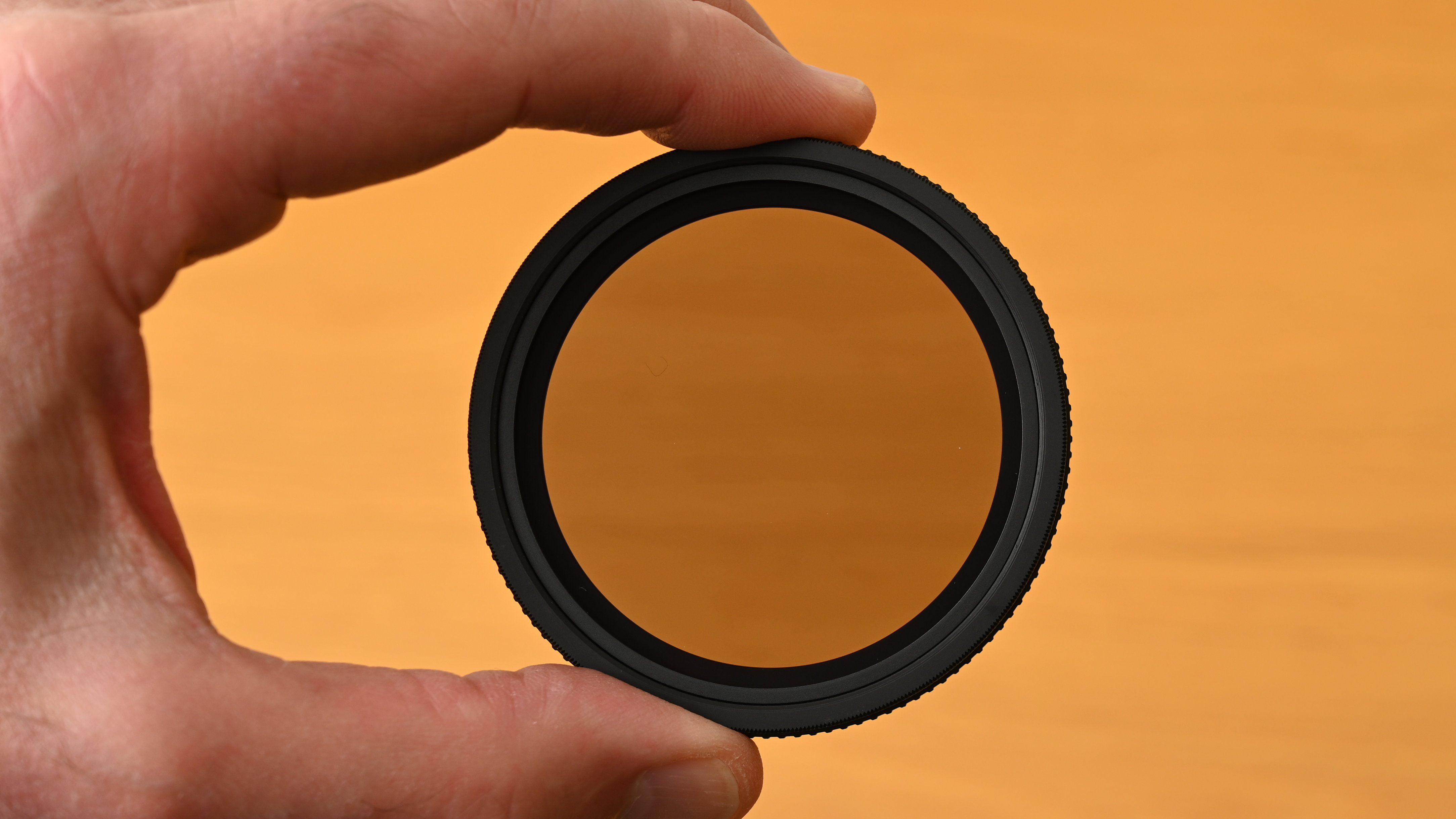
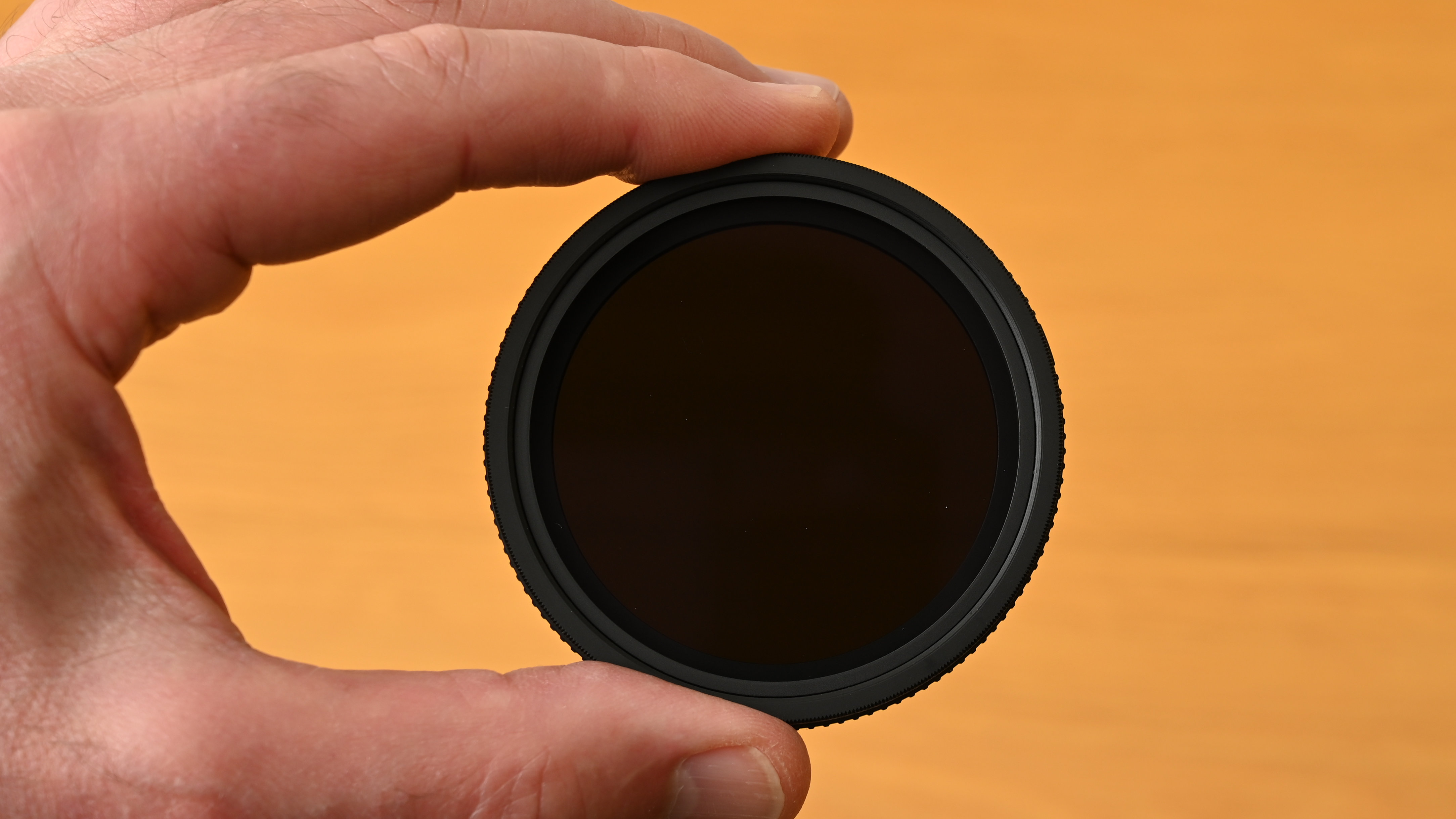
I found that the filter set out to achieve what it’s intended for. I could use wide apertures under bright sunshine, to get a tighter depth of field. I could also reduce shutter speeds to get some motion blur and create a sense of movement. But the maximum 5-stop reduction only gets you so far. The following sequence of shots was taken in dull weather at the Pulteney Bridge weir in the UK city of Bath, ranging from using no filter through each of the 5-stops available with the filter attached. Even at a narrow aperture of f/16, the slowest shutter speed I could get was ½ a second, which isn’t a sufficiently long exposure for really smoothing the flowing water. That said, a 10-stop ND filter is more appropriate for this sort of scenario.
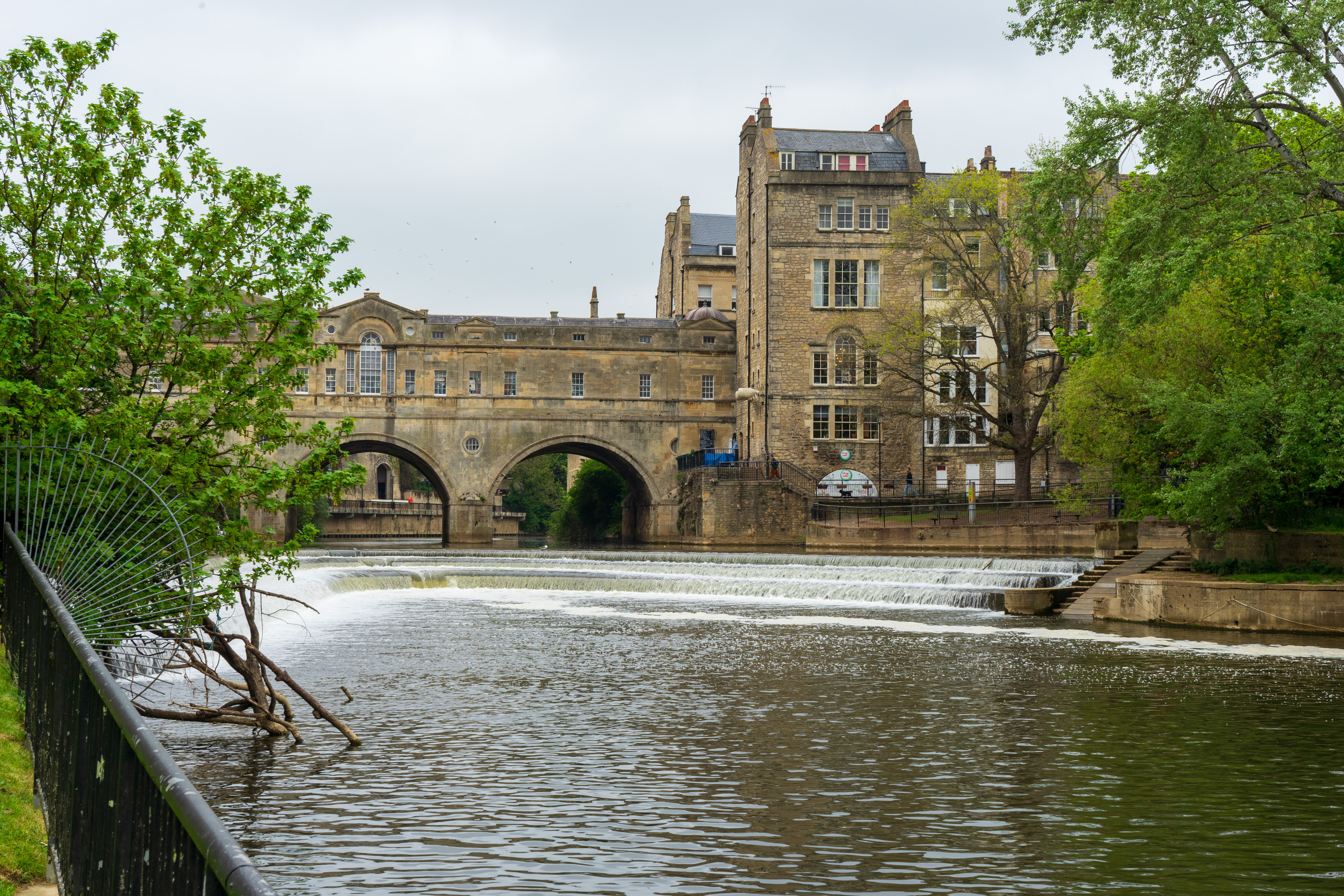
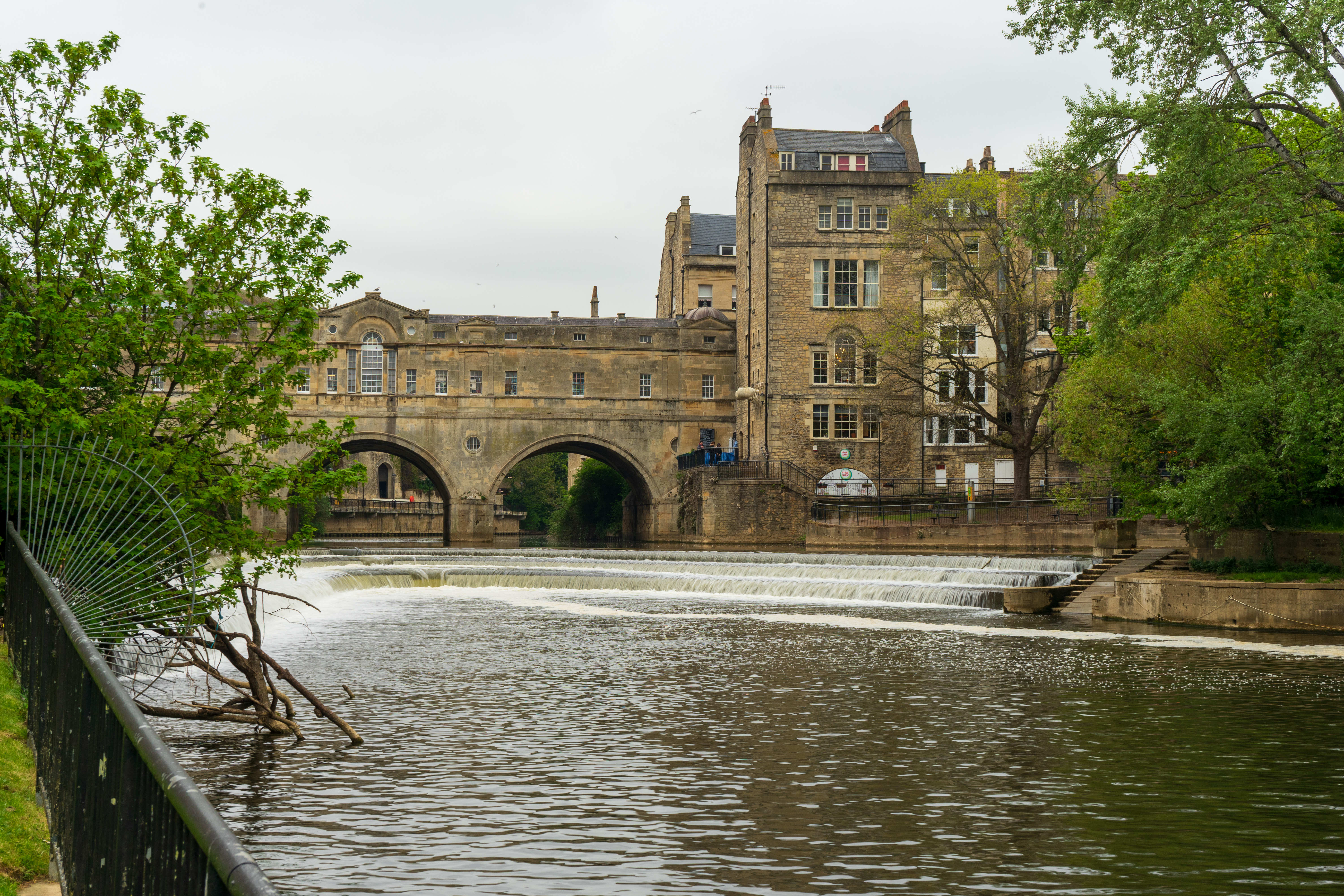
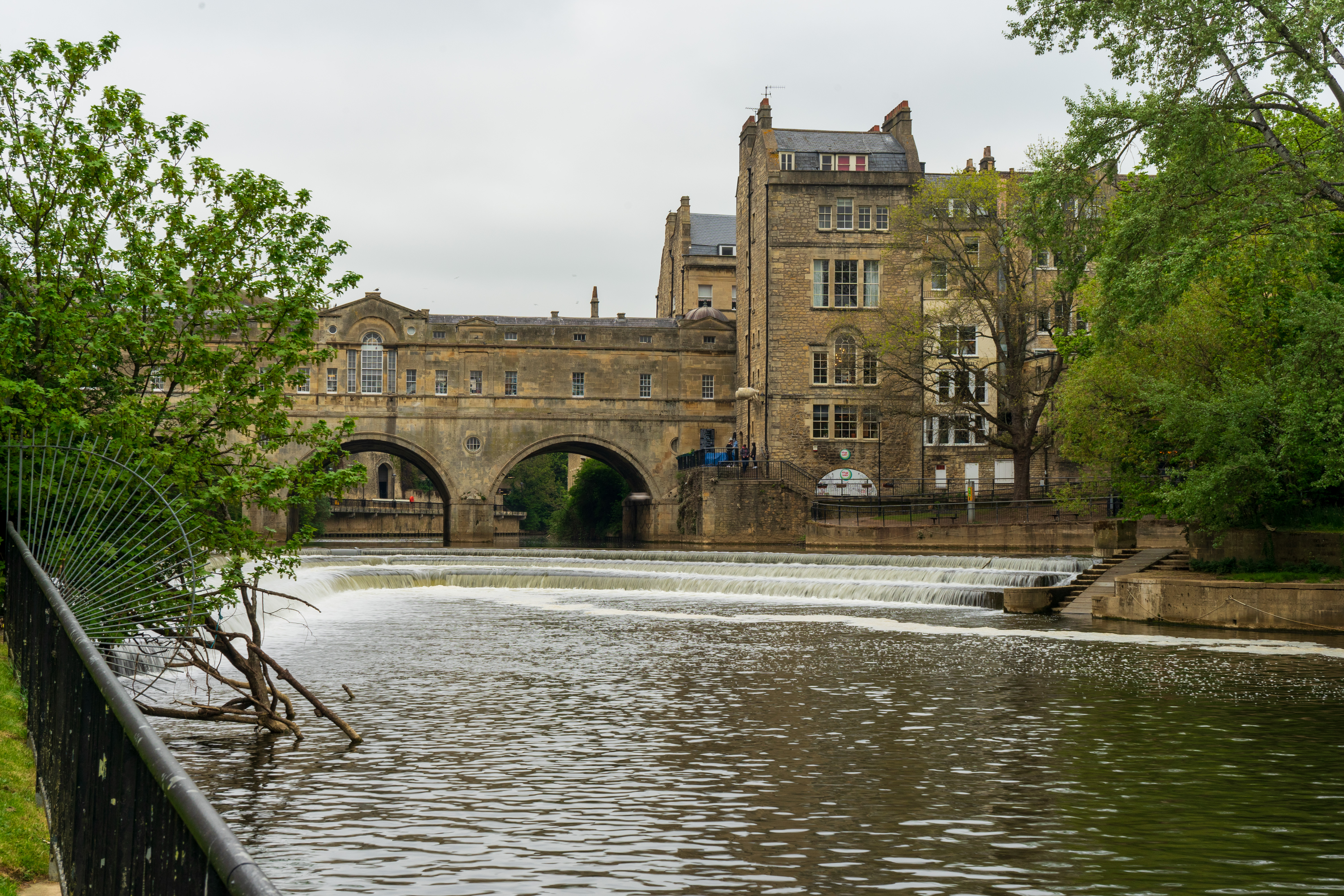
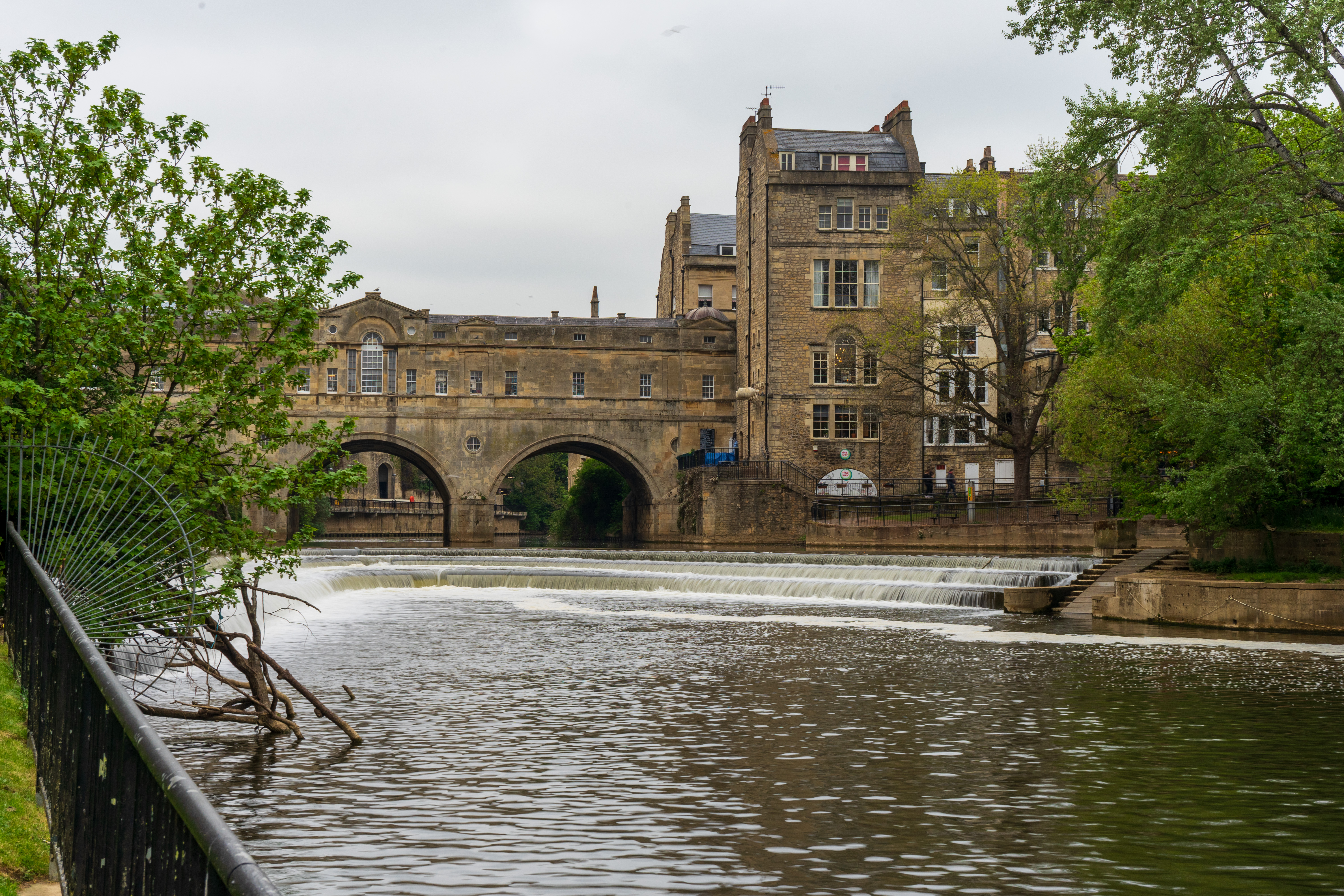
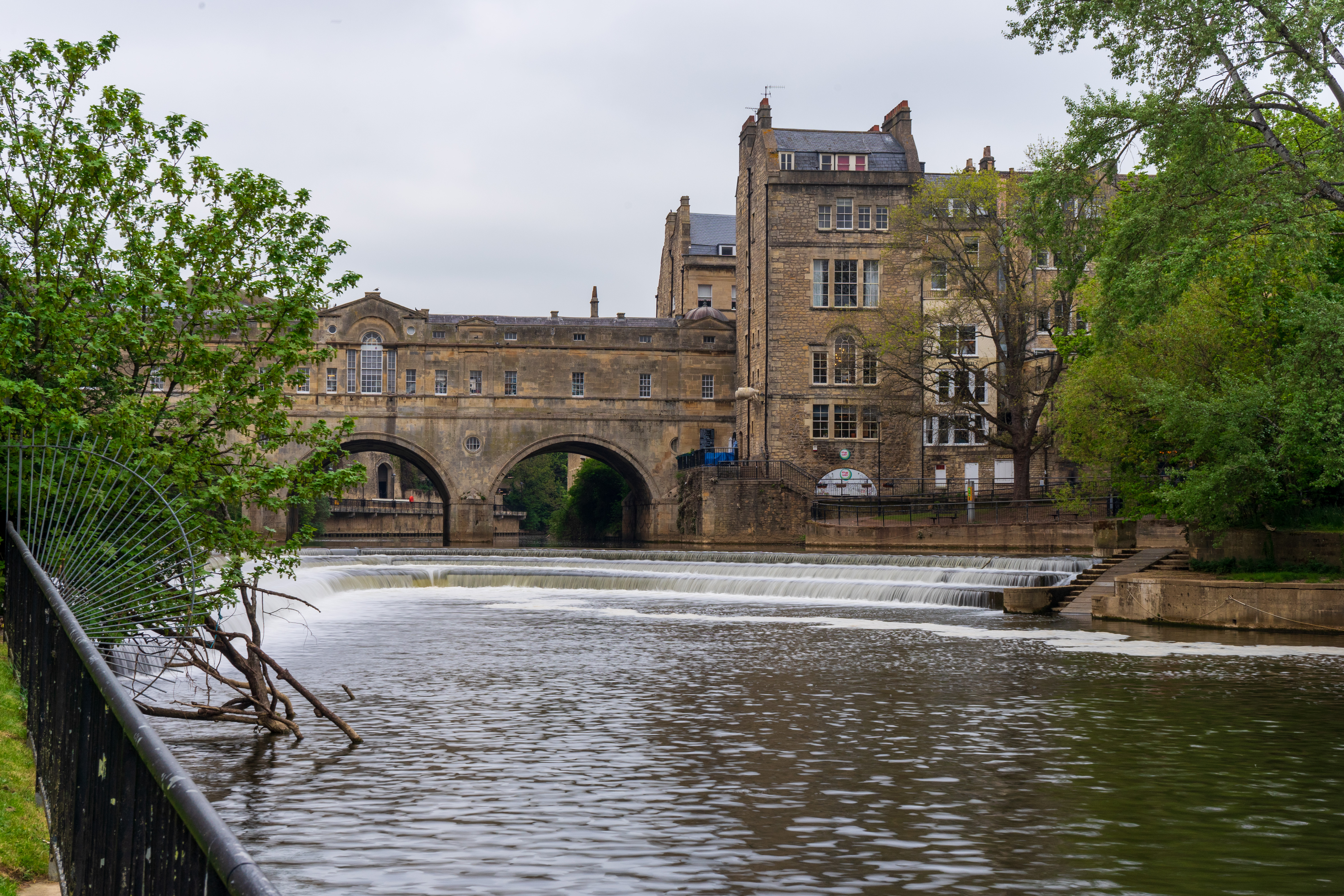
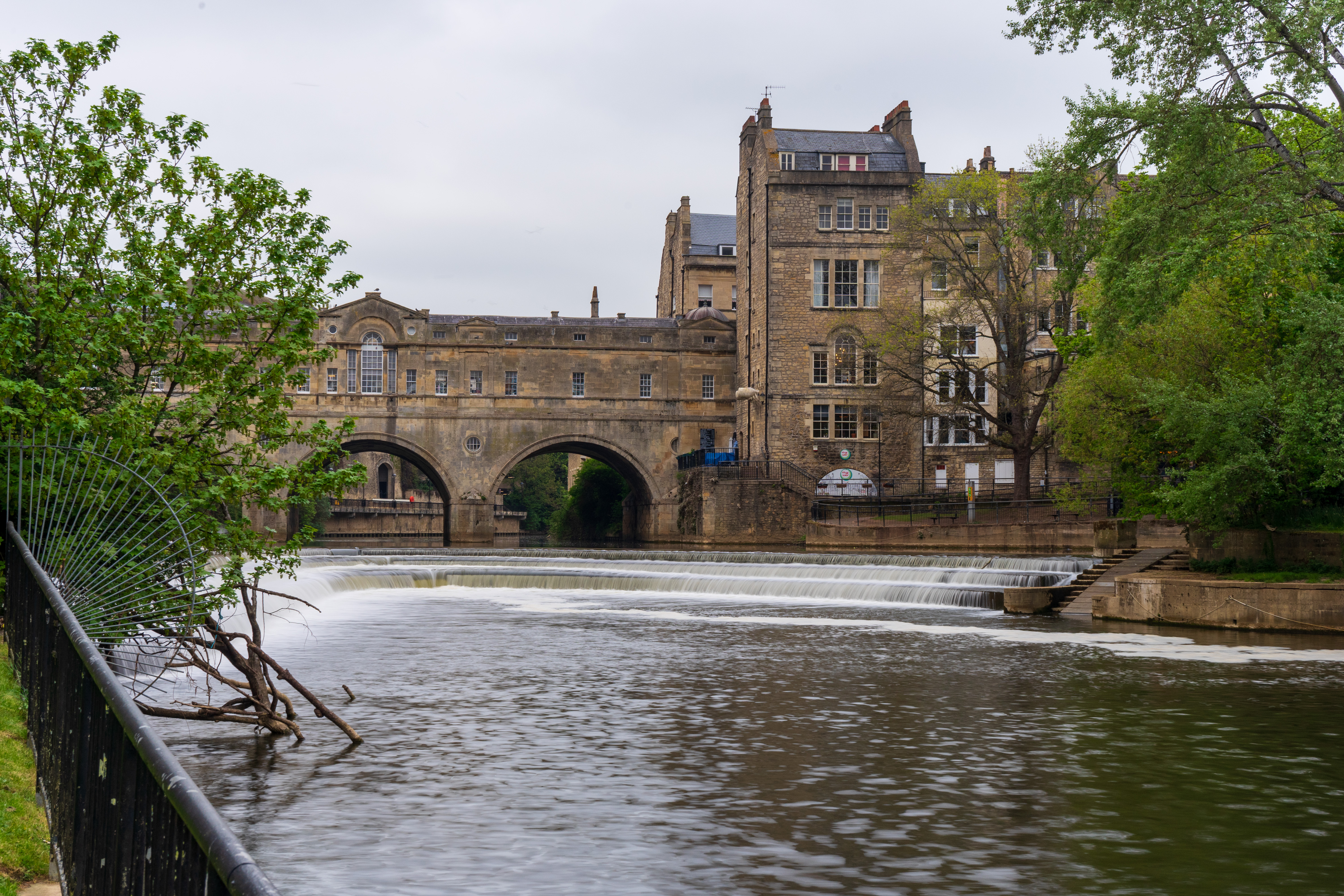
Similarly, I tried blurring some bustling pedestrians out of a street scene by Bath Abbey but again, the slowest available aperture of ½ a second at f/16 wasn’t sufficient. Even so, image quality remains good at the filter’s minimum and maximum stopping power settings, as shown in the pair of images below.
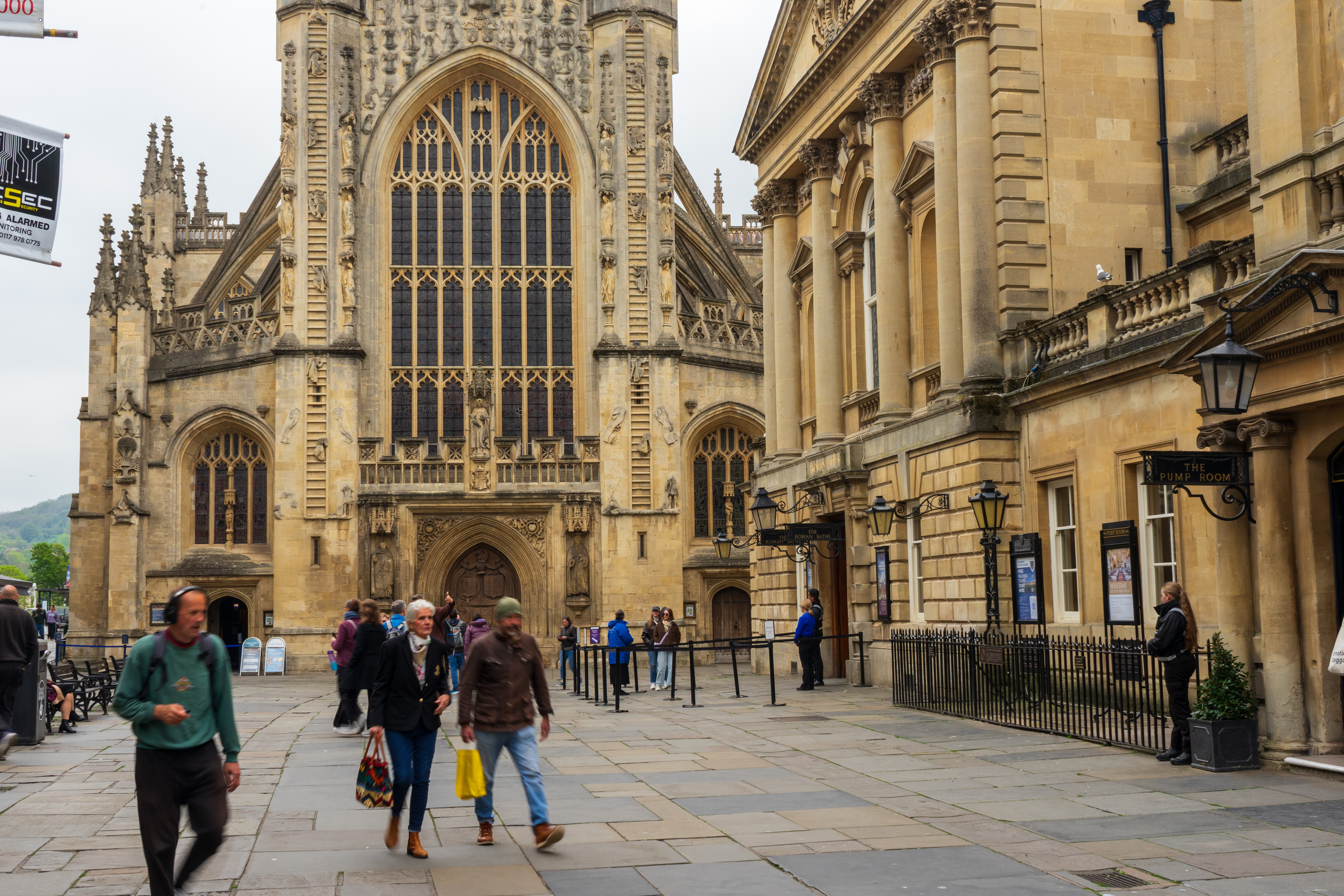
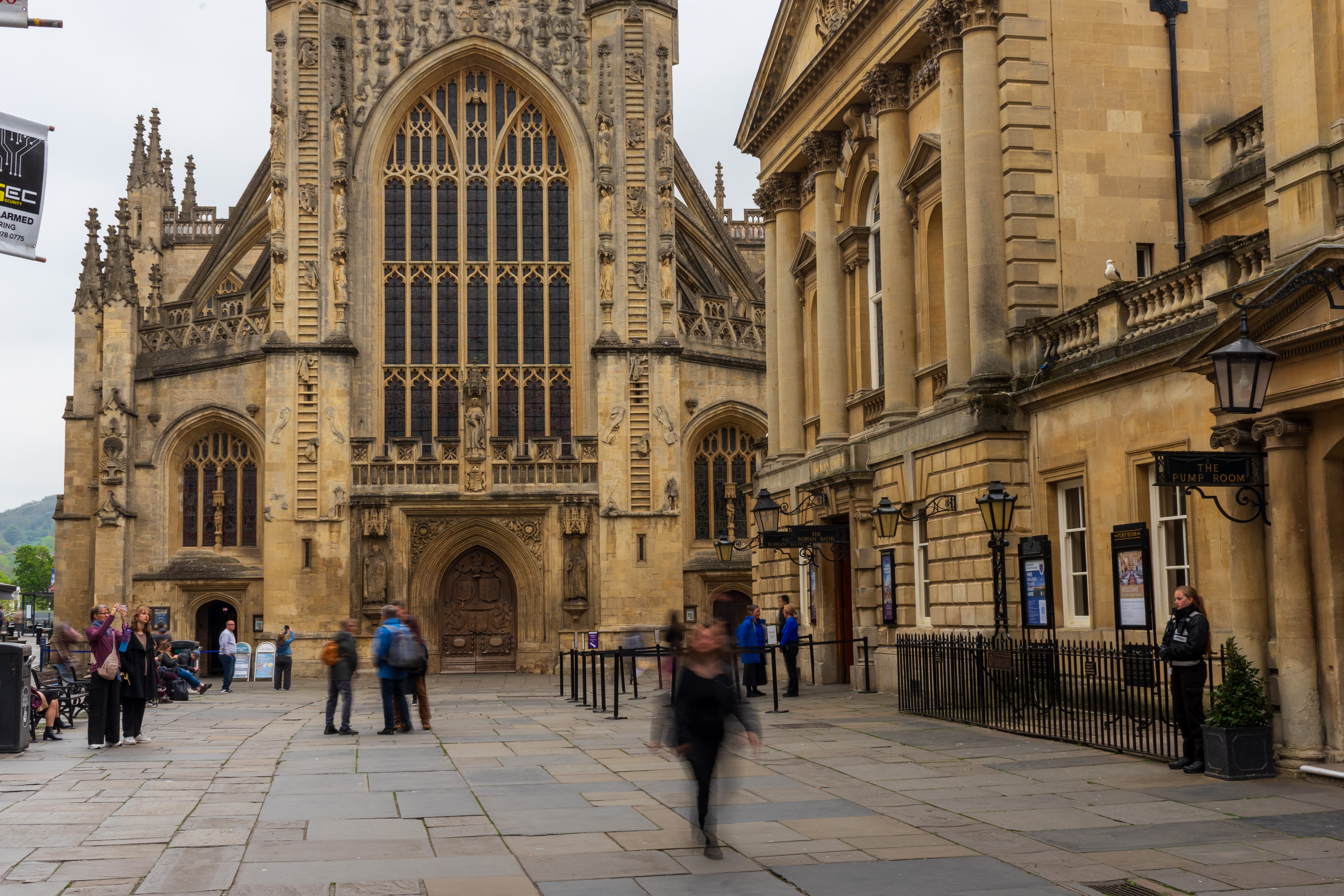
Neewer True Colors Filter: Verdict
I’m impressed with the performance of this variable neutral density filter, as far as it goes. Sure, it’s very nicely made, works a treat, and it’s easy to use. I especially like the click steps for each stop of adjustment, and that the hard stops prevent me from going too far and risking X-shaped ruination of my images. The filter certainly achieves what it sets out to do, and in fine style. Even so, I’d rather go for one of the alternative Neewer ND2-ND32 filters that add either an additional magnetic ND32 filter, or a built-in additional circular polarizer, as I feel they give greater versatility and are better value for money.
Features ★★★★☆ | The click steps at each stop of range and the hard stops at either end are top of the features list. |
Design ★★★★☆ | The design is simple but effective, and is based on high-grade glass and very good build quality. |
Performance ★★★★☆ | Image quality is impressive throughout the entire range, so long as you don’t need more than a 5-stop reduction. |
Value ★★★★☆ | It’s very good value at the price but the Neewer VNDs that add an additional ND filter or circular polarizer give you more bang for your buck. |
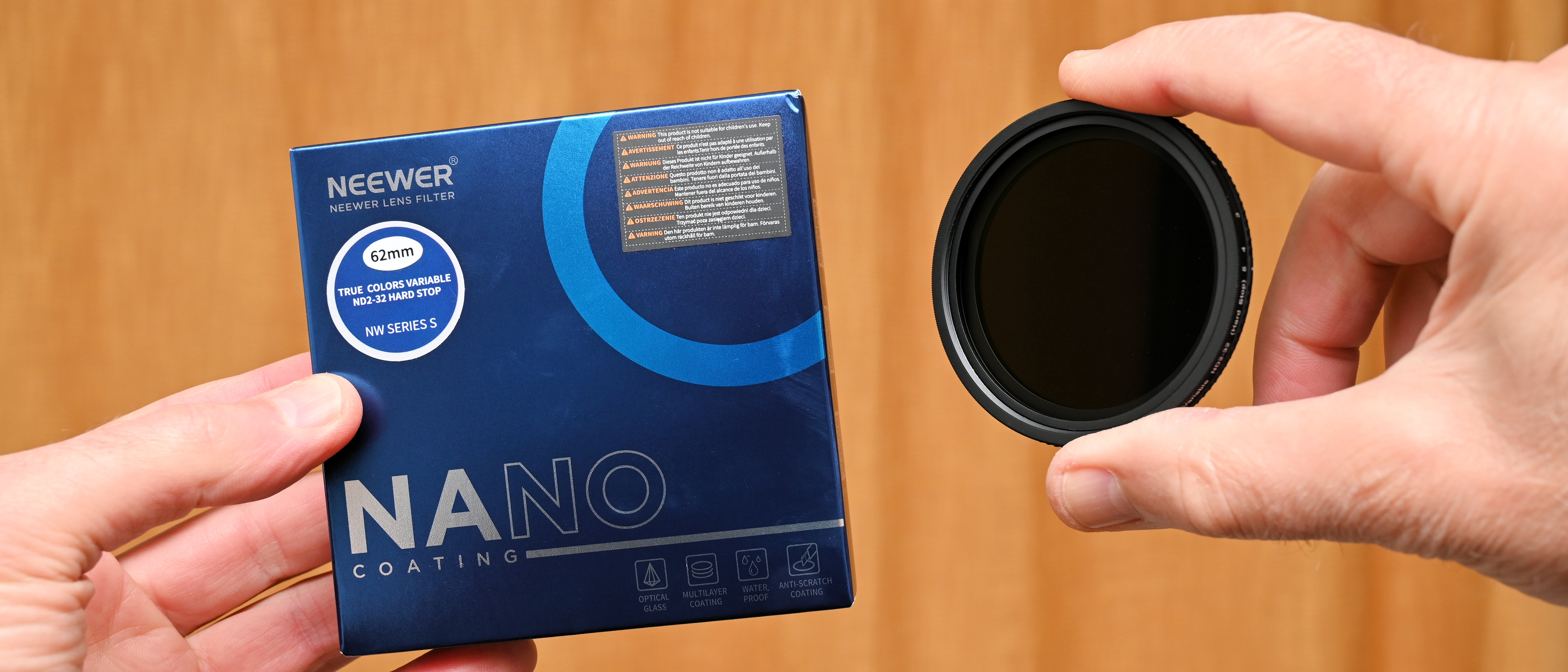
Alternatives
The Neewer ND2-512 (1-9 Stops) HD True Colors Variable ND Filter combines a similar ND2-ND32 variable density filter but this time paired with a separate, magnetic ND32 neutral density filter instead of a built-in circular polarizer. What you lose in circular polarization, you gain in an extra 4 stops of light-stopping power. It’s available in sizes of 49mm to 82mm with prices ranging from $50 / £68 / AU$88 up to $60 / £95 / AU$111.
The Neewer 2 in 1 True Colors Variable ND2-ND32 & CPL Filter again combines two filters but this time built into just one fixed frame, rather than having a secondary magnetic filter. It comprises the same ND2-ND32 variable density filter but adds a circular polarizing filter. It’s available in popular sizes from 37mm up to 82mm, with a spread in cost from $50 / £63 / AU$70 to $75 / £95 / AU$108.
Matthew Richards is a photographer and journalist who has spent years using and reviewing all manner of photo gear. He is Digital Camera World's principal lens reviewer – and has tested more primes and zooms than most people have had hot dinners!
His expertise with equipment doesn’t end there, though. He is also an encyclopedia when it comes to all manner of cameras, camera holsters and bags, flashguns, tripods and heads, printers, papers and inks, and just about anything imaging-related.
In an earlier life he was a broadcast engineer at the BBC, as well as a former editor of PC Guide.
You must confirm your public display name before commenting
Please logout and then login again, you will then be prompted to enter your display name.
